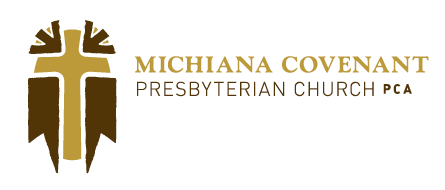September 19, 2012
I’ve spent the last couple days in the Library of Congress reading Breckinridge letters from 1866-1867. I usually find that the first day I work pretty slowly — and I read more carefully (before remembering on the second day that if I don’t make it through at least 5 volumes of correspondence a day, I won’t finish!!)
The major public event in Robert Jefferson Breckinridge’s life in 1866-1867 was the division of the Synod of Kentucky in the wake of the Civil War. The short version looks like this:
1–During the War, the Old School General Assembly had declared that secession involved the sin of treason, and so any ministers or members wishing to return to the Old School church from the Confederate states would have to repent of the sin of treason.
2–After the War, some Kentuckians (many of whom had fought for the Confederacy) objected to the General Assembly’s rule — and some filed a protest, entitled, “The Declaration & Testimony” (D&T).
3–When the General Assembly declared against the D&T, and determined that the Presbytery of Louisville had erred in adopting it, RJB was determined to prevent D&T adherents from remaining in the Synod of Kentucky.
The Presbyterian church in Kentucky was deeply divided. The lines fell largely between the pro-Confederate men (such as Stuart Robinson of Louisville) and the pro-Union men (such as RJB). Of course, Kentucky in 1866 was already deeply divided. It was very hard for Kentuckians to remember that ‘Union’ and ‘Confederate’ could still be one in Christ. Indeed, it is probably true that Presbyterianism in Kentucky never recovered from the Civil War. Ministers (including R. J. Breckinridge and Stuart Robinson, but by no means limited to them!) were so politically engaged throughout the war that when the war ended, they could no longer view themselves as brethren.
Over the last two days I read several letters written to RJB from pastors who had tried to minister to divided flocks — but failed. Many churches that were barely large enough to support a minister divided — their two ruling elders dividing the congregation. Many of the pastors left the state looking for a place to minister that would not be driven by politics.
To no one’s surprise, lawsuits followed. Who owned the property? In a curious twist, the lead lawyer defending the 2nd Presbyterian Church in Lexington (a Union-friendly church) was RJB’s Confederate son, Willie. Willie was cut to the heart at how deeply he had grieved his father by joining the Confederate Army, and so now (in 1867) he was determined to do everything in his power (consistent with his convictions) to demonstrate his love and loyalty to his father.
The mutually destructive course of Kentucky Presbyterians in the 1860s demonstrates how deeply the church had become enmeshed in the politics of the day. RJB would have been appalled at what the Presbyterian Church became in the 20th century (to say nothing of the 21st century!) — but he contributed significantly to its cultural and political captivity. When the church forgets that we are one regardless of our political differences, we are doomed.



